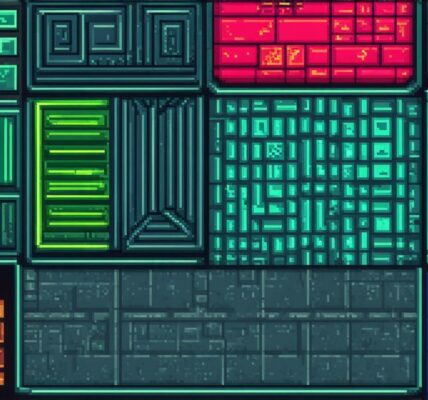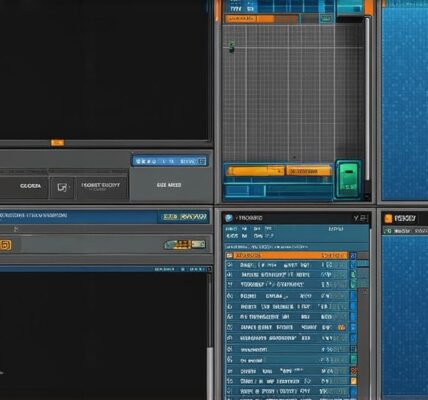As video game developers, we know that writing code is essential to creating any game. But what if I told you that there’s another process that’s just as important? That process is designing and writing algorithms. An algorithm is a set of instructions that a computer program follows to accomplish a task. It’s like a recipe for a game, outlining the steps needed to achieve a particular result.

First, let’s understand what algorithms are and why they’re important in game development. An algorithm is a set of instructions that a computer program follows to accomplish a task. It’s like a recipe for a game, outlining the steps needed to achieve a particular result. In game development, algorithms are used to implement various features such as enemy behavior, player movement, and level design. They’re essential because they ensure that the game runs smoothly and predictably.
Now, let’s look at how creating a video game is similar to writing an algorithm. Both processes involve breaking down complex problems into smaller, more manageable parts. When developing a game, we need to identify the various components that make up the game, such as characters, levels, and objectives. Once we have identified these components, we can then break them down into smaller pieces, such as individual objects or actions, and develop algorithms to implement each component.
For example, let’s say you’re developing a game where players need to collect coins to progress through the levels. To create an algorithm for this feature, you would first identify the different types of coins that will be in the game. Then, you would write an algorithm that defines how these coins behave and interact with the player. This could include things like how coins are collected, where they appear on the level, and how many coins are needed to progress to the next level.
Similarly, when creating a game’s AI (Artificial Intelligence), we need to break down complex behaviors into smaller, more manageable pieces. For example, an enemy in a first-person shooter game might have several different behaviors that it can exhibit, such as patrolling, attacking the player, or hiding. To implement these behaviors, we would write algorithms that define how each behavior works and how they interact with each other.
Now, let’s talk about another important similarity between creating a video game and writing an algorithm: testing and debugging. Both processes require extensive testing to ensure that everything is working as intended. In game development, this means testing the game to make sure that all the features are functioning correctly and that the game is balanced and fun to play. In algorithm development, testing involves running the algorithm through a series of inputs to ensure that it produces the correct outputs.
Testing and debugging can be a time-consuming process, but it’s essential to catch any issues early on. In game development, catching bugs late in the development cycle can be costly and could result in delays or even abandonment of the project. Similarly, in algorithm development, catching bugs late in the development process can result in incorrect outputs and could cause the entire program to crash.
Now that we’ve discussed some of the similarities between creating a video game and writing an algorithm, let’s take a look at some real-life examples of how these processes overlap. One great example is the popular game Minecraft. In Minecraft, players must build structures using different types of blocks. The game uses algorithms to determine how these blocks behave and interact with each other. For example, when a player places a block on top of another, the algorithm checks to ensure that the two blocks are compatible and can be placed together.
Another great example is the AI in the game Half-Life 2.




